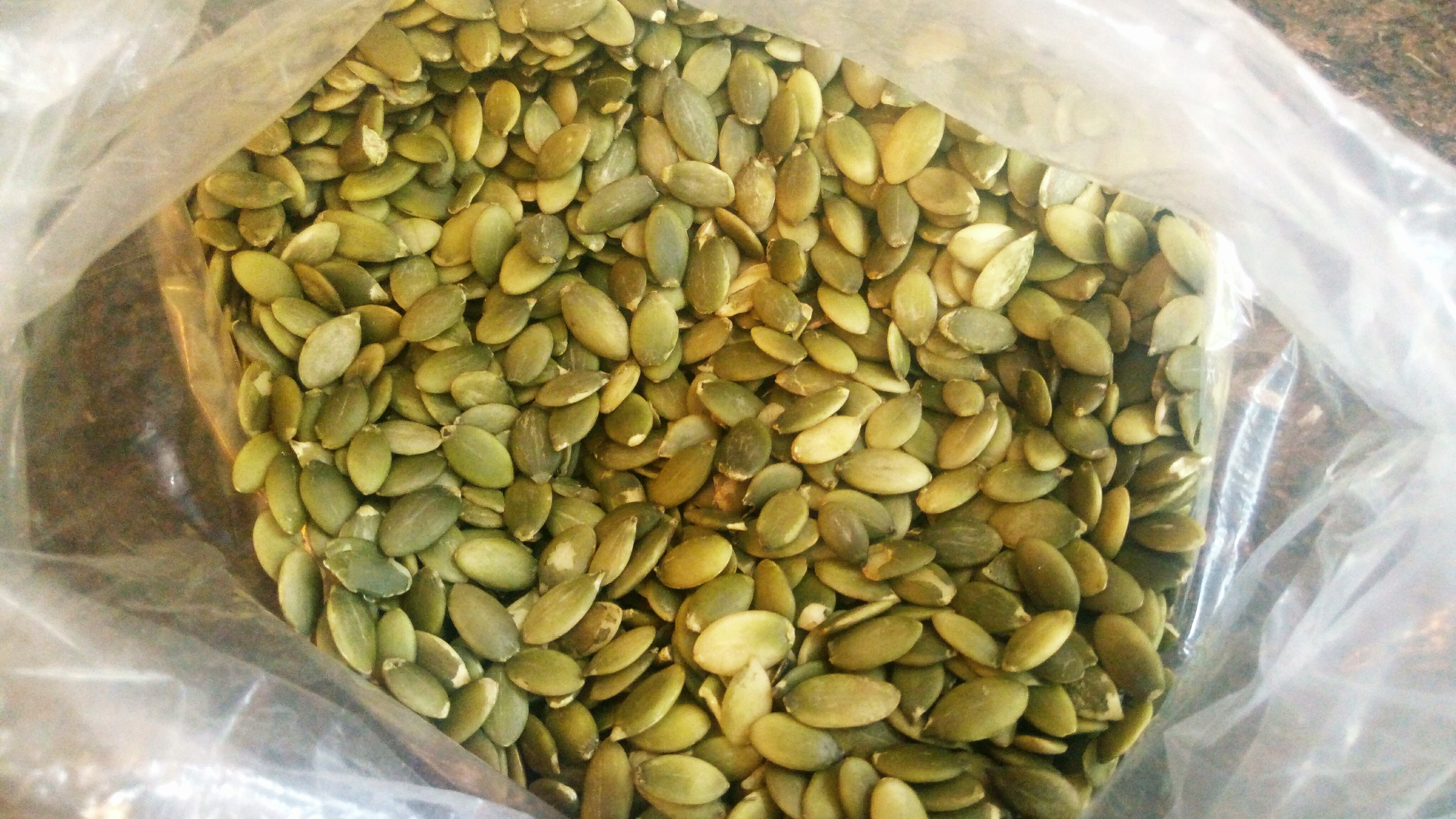As glaciers melt at the polar regions the increase in warm water that is low in salt is likely to disrupt the currents that circulate ocean waters and which keep the United Kingdom and Europe fairly warm. (Ocean currents & circulation of heat is mentioned in: Anomalous Properties of Water) Historically a large flood is now believed to have preceded a thousand year ice age on the North American continent. Read more: Scientists may have solved a huge riddle in Earth’s climate past. It doesn’t bode well for the future. washingtonpost.com/
In case visualization is helpful, the climate scenario of a change in ocean currents leading to extreme cold in Europe and New York State was made into an action movie: The Day After Tomorrow, 2004.
The daily temperature around the globe is visualized in a color coded map at the site climatereanalyzer.org.
The most critical events that are occurring for our long term well being is the effects of pollution on the atmosphere and the oceans, and other human changes to the environment that lead to desertification or concrete instead of wetlands, both of which also increase flood risk. Climate change will be a variety of changes, erratic differences in extreme temperature and weather changes. Climate: A New Story is a book published this month which looks at the earth as a whole and discusses human effects on the atmosphere, the oceans, wetlands, soil health and other factors that all interact to create the planet as we have known it. Geologically we have had fairly stable climate for thousands of years but over the longer eons there has been series of ice ages and more warm eras. The planet will go on, the question has more to do with how many other species, including humans, will live to see the next centuries. (Interview with Charles Eisenstein, the author of Climate: A New Story, available in a brief article: kellybroganmd.com.)
This decade is the time humans as a global whole need to seriously reduce our collective use of fossil fuels and other chemicals adding to climate change such as agricultural fertilizers in order to stop the most extreme changes in the atmosphere and ocean from occurring. Many of the chemicals involved will take decades to even centuries to breakdown. (previous post, Climate change is a 100,000 year change.) The changes in how we live and work could create more jobs and be an economic stimulus. More information is available in this article: It’s now or never on climate change, according to a new report. huffingtonpost.com/
Hotter temperatures can make it more difficult to learn or work and can increase risk of ill health in the very young or old and those with chronic illness. Building for a future with more extreme changes in temperature is a task that is already needed in some areas as seen with the heat waves and drought that have occurred this summer and in recent years. (Effects of heat on students.) (Previous post with links about Passive Energy Buildings – architecture for a more sustainable future.)
We all need to be heroes – one hero is not enough for the planet. It needs all of us to pitch in and help, if only in small ways. I care about our future and it starts today – everyday. I write about a variety of topics because life is complex and I care about all of life. We only have one planet and we and it are healthier when there is diversity of plants and animals. Significant changes in our daily habits could help:
- use less prepackaged foods, use a refillable water bottle;
- walk, ride a bicycle, use public transport or carpool;
- arrange virtual meetings and webinar conferences when possible instead of onsite meetings when people live in many different regions;
- have virtual stay-cations and learn about interesting foreign areas online while enjoying local recreation and nature getaways;
- work with local and state government and businesses to develop green parks and walkways that support wildlife and exercise or pedestrian travelers, and plan and fund sustainable architecture and energy resources;
- take online courses about climate change and sustainability; such as: Act on Climate: Steps to Individual, Community and Political Action, Coursera.
My concern has nothing to do with me, I am but a drop of life in comparison to all the beautiful species who share this planet.
- Free course on developing local water sources to help meet future water needs, starts September 24, 2018, Local Water Solutions for Global Challenges, (GaiaEducation.org).
I am serious, as serious as a melting glacier, which I saw in person one summer, when I was young, on a family trip throughout Alaska. Glaciers were really big then – they still are big, but they are smaller now. Our planet is a miracle and we are blessed to have such a paradise in which to live, let’s take care of it for all of us including our great grandchildren and their great grandchildren. Let’s not sacrifice tomorrow’s world for today’s quarterly profit or today’s comfort when we could build toward a more equitable future for all.
Disclaimer: This information is provided for educational purposes within the guidelines of fair use.

